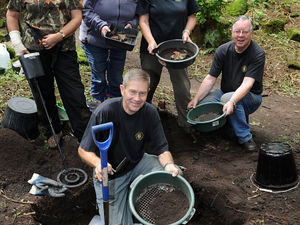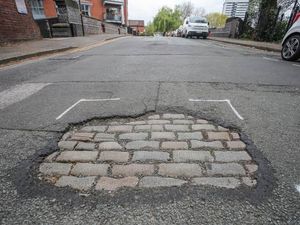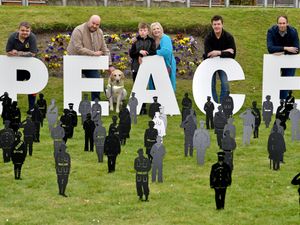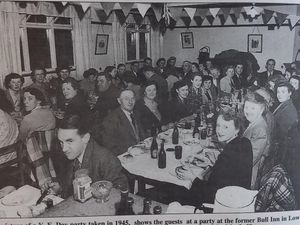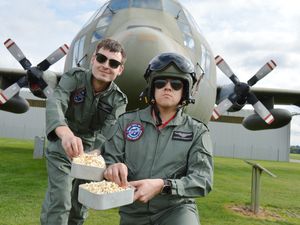Golden tribute to Wolverhampton's disappeared airport
The story of Wolverhampton's long disappeared airport has been brought to life for the internet generation.
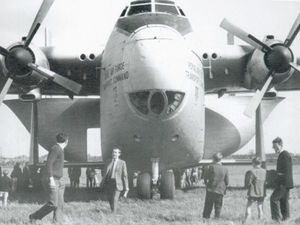
As part of an historical project, during the 50th anniversary year of its closure, transport enthusiast Ron Leach, 76, has worked with fellow enthusiast Dave Nutting to prepare a video feature.
The video, which has now been launched on YouTube, remembers the municipal aerodrome at Pendeford, which has since been replaced by housing and an industrial park.
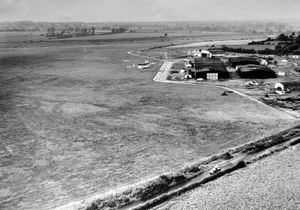
Mr Leach, from Hurst Hill, Sedgley, said: "This is our way of marking the anniversary.
"We see it as a gift to like-minded transport enthusiasts. It takes the information from a little book by my friend Dave Welch and sets it out in a form suitable, I hope, for YouTube.
"I wanted to make Dave's information available to people who might not buy books.
"These days a younger person might hear about Pendeford, wonder about it, and go online to try to find information, and this presents it in a concisely, summarised form.
"The video lasts only 10 minutes but is full of accurate facts, maps, drawings and period photographs.
"It is intended to stand the test of time and be a reference source for years to come."
The video is titled 'Pendeford Airport – A Brief History'.
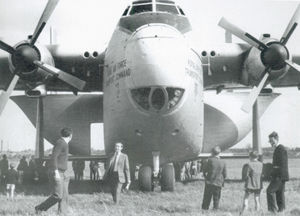
There is also a second 12-minute video, by Mr Nutting alone, which covers the development of the airfield and its features.
But it also tells the story of the movie The Man In The Sky, starring Jack Hawkins, which was filmed on location in and around the airfield in 1956.
Mr Leach said the airfield formally closed on December 31, 1970.
"It's all rather sad, really," he said. "People were campaigning to keep it open, and then an aeroplane crashed on a house in Redhurst Drive in Fordhouses, killing somebody. So that was the end of that."
That tragedy in April 1970 claimed the lives of a resident, and also the two crew of a Hawker Siddeley Dove, which stalled while trying to land in bad weather.
Mr Leach visited the airfield in 1964 to watch a flying display, but said: "I haven't been to the site since.
"I'm disabled and housebound now, so I couldn't get there if I wanted to."
Dave Welch, who wrote a 52-page book on which information in the video is based, joined Don Everall Aviation at Pendeford in 1957, and lives now near Taunton.
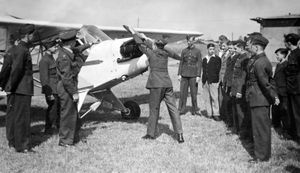
"I left school in about July and was going to join the air force straight off, but then got offered a job as a trainee mechanic at the airport and worked there for about six months," he said.
Later he did some flying training there in Austers, and later still, when making occasional visits to see his parents in Stafford, would pop to Pendeford to see what was going on.
"It was never very busy," he added. "When I worked there, if we got two visiting aircraft in a day, that was a good day."
Despite a campaign to stop the closure, that 1970 air tragedy spelt its doom.
Mr Welch said: "A lot of us felt the place had potential. We knew the M6 and M54 were going to come nearby so it would have good road connections.
"It was a much better airfield than Halfpenny Green, and had a pretty good weather record.
"It had that really nice art deco clubhouse with a bar and restaurant. It had everything going for it.
"If the council had had a more positive attitude towards the place it could have been a success."
The origin of the airfield was a surge in enthusiasm by cities and towns in the 1930s to have their own aerodrome, and the Express & Star was a leading champion of Wolverhampton's cause.
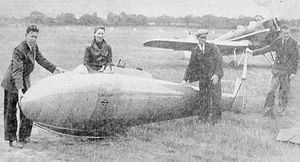
Examples of the paper's support for early aviation included sponsoring in November 1927 an attempted non stop flight to India by Bert Hinckler and a Captain McIntosh – it failed as the airmen were forced down by a blizzard in Poland – and the following year the E&S proprietors presented a new de Havilland Moth aircraft, called Wulfrun, to Midland Aero Club.
The site at Barnhurst Farm, Pendeford, was recommended by Sir Alan Cobham, and the airport opened on June 25, 1938, with Midland Aero Club appointed to manage the aerodrome on behalf of Wolverhampton council.
Performing the opening was a record breaking airman, Flying Officer Arthur Clouston, who said he thought the aerodrome could be enlarged.
"The Mayor, Councillor R E Probert, he said, had told him that the Corporation owned all the surrounding land, and if they liked they could have the biggest airport in the world," the Express and Star reported on the day.
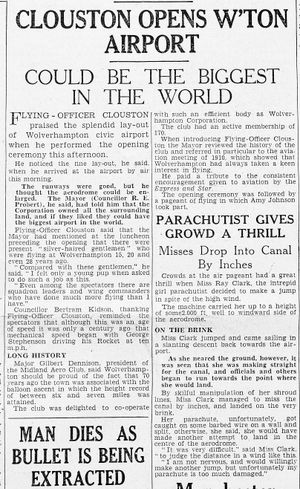
The opening was marked with an air pageant which included a display in a Kirby Kite glider by the famous woman aviator Amy Johnson.
Other excitements for the crowds included a wayward parachute drop by a Miss Ray Clark, who nearly landed in the canal, and a mock air raid display by local ARP (Air Raid Precautions) wardens and firefighters that was so botched it drew derisive laughter.
The outbreak of war in 1939 ended all civilian flying, and the airfield was used by the RAF to give pilots elementary training using Tiger Moth biplanes.
It was also used by the Boulton Paul factory on the doorstep, which made the Boulton Paul Defiant and Blackburn Roc, which were fighters equipped with gun turrets.
Pendeford attracted the attention of the Luftwaffe only once, when a Junkers Ju 88 raider dropped five bombs in September 1940, which fell harmlessly.
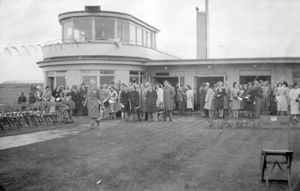
Post war, private flying gradually resumed, and Wolverhampton Aero Club was formed in 1946. The video tells how in 1950 the airfield hosted the King's Cup and Goodyear Trophy air races – airport manager Ron Paine finished ninth.
Later, Wolverhampton Aviation ran the airport for the council, and the first scheduled flight was to Jersey on July 18, 1953, in a de Havilland Rapide.
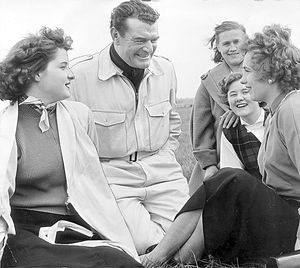
The video says Wolverhampton Aviation did not renew its contract to operate the airport, and Don Everall Aviation took over the running of Pendeford.
Alas, the airport was losing money. Grass runways and limited technical facilities hampered its potential development, and closure was recommended when Everall's agreement expired on December 31, 1970.
In its final decade, Pendeford was notable for several flying displays, usually in support of the Royal Air Forces Association.
Mr Nutting's separate YouTube video – titled 'Pendeford Airport & The Man in the Sky' – looks at the history of the airfield and its features, but chiefly takes an in-depth look at the filming of The Man In The Sky, including using a "then and now" format comparing still images from the movie with the locations as they are today.

